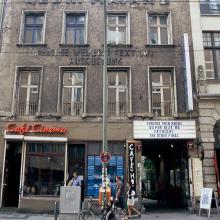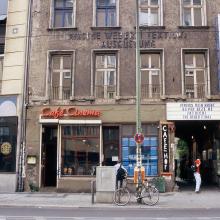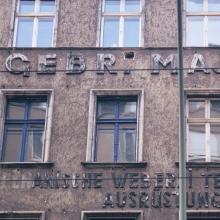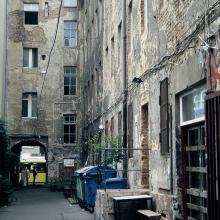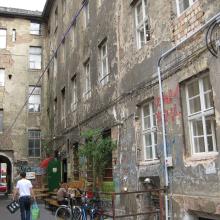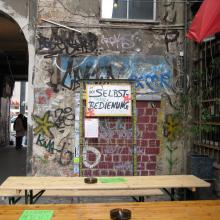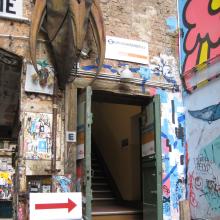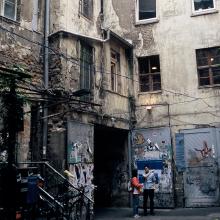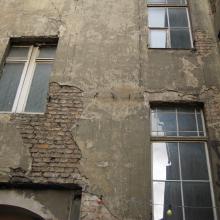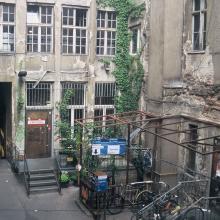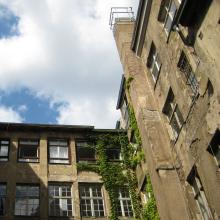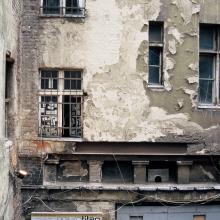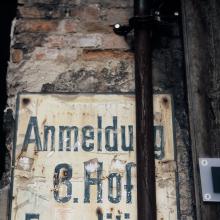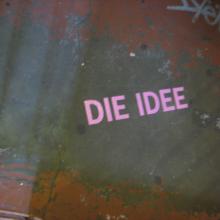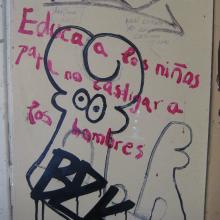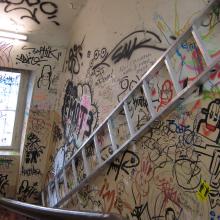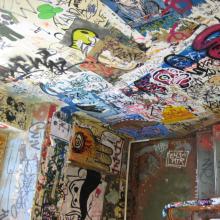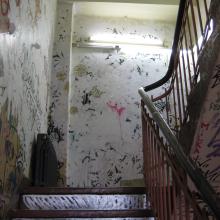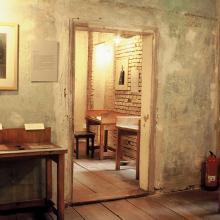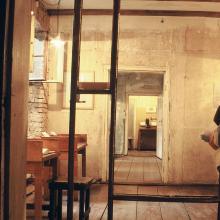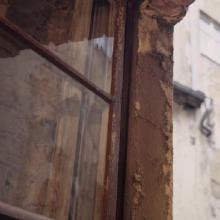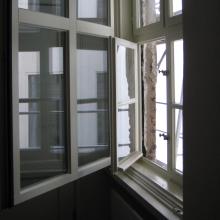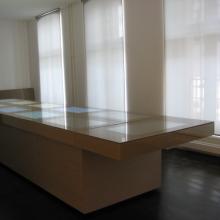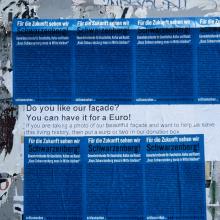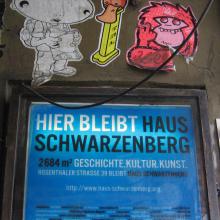Haus Schwarzenberg
The Haus Schwarzenberg was founded in 1995 in the district of Mitte, at the core of unified Berlin. In the early 1990s, the alternative scene in Mitte peaked with a fresh incoming population, new galleries showing young artists, informal parties and music events, squats and art installations. The Haus Schwarzenberg (which was never a squat) represents this moment of experimentation and spontaneous appropriation of architectural and urban spaces. In the ensuing decade, the Haus Schwarzenberg would go on to face the threat of eviction by a private investor, a challenge common to practically all alternative cultural centers. In addition, the Haus Schwarzenberg also faced the challenge of institutionalization, as the victory against eviction was achieved through public sponsorship and thus meant being subject to government oversight.
Once the site of a hiding place for Jews during the Nazi era, the building is now a historical museum called Otto Weidt Blind Workshop. The mission statement and self-presentation of the Haus Schwarzenberg incorporate this and other physical markers as signs of a “living history,” bringing up that familiar Berlin trope: the ever-present past. The tangle of politics, real estate, alternative culture, and memory makes the Haus Schwarzenberg a particularly rich and complicated example.
